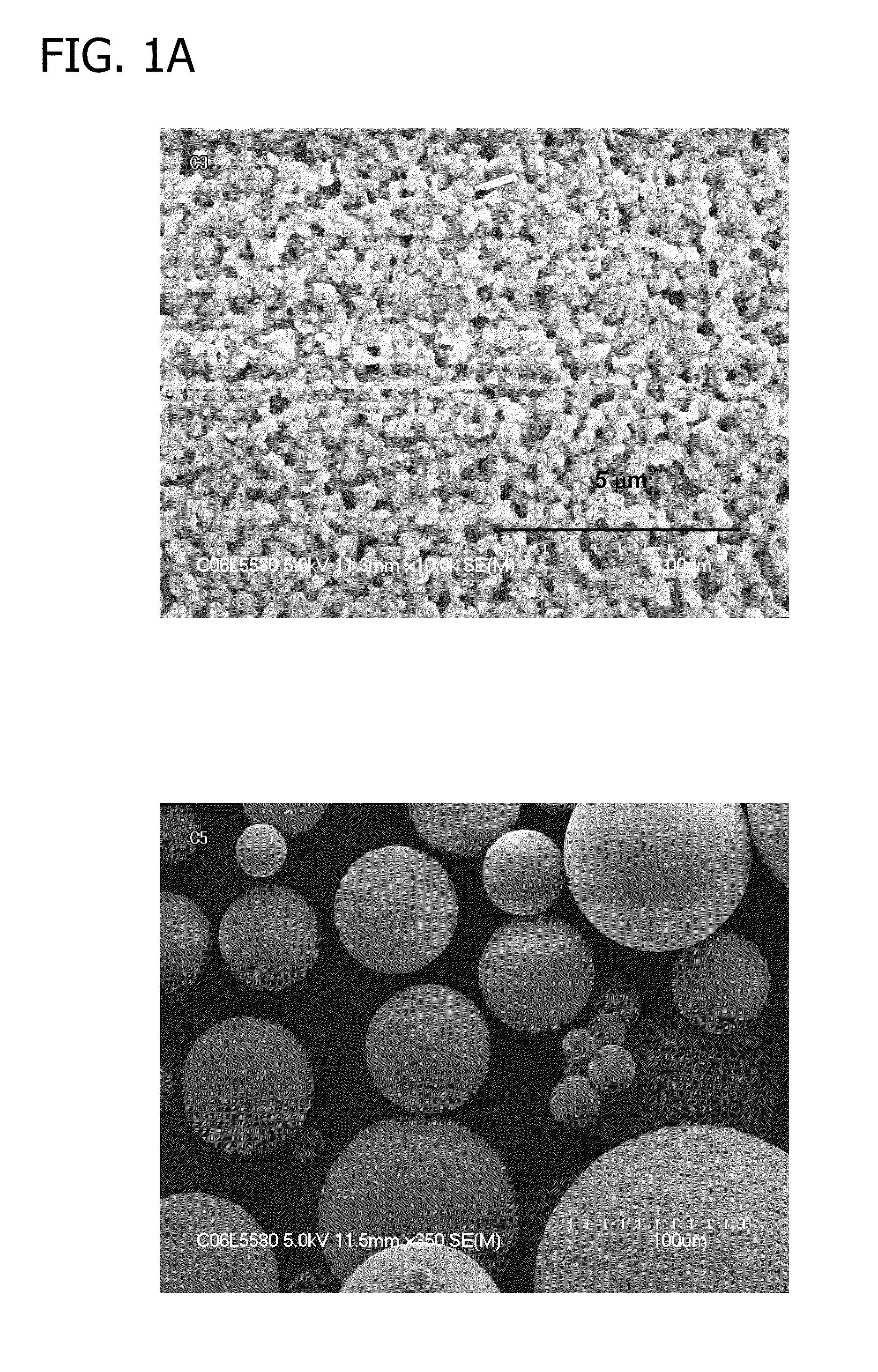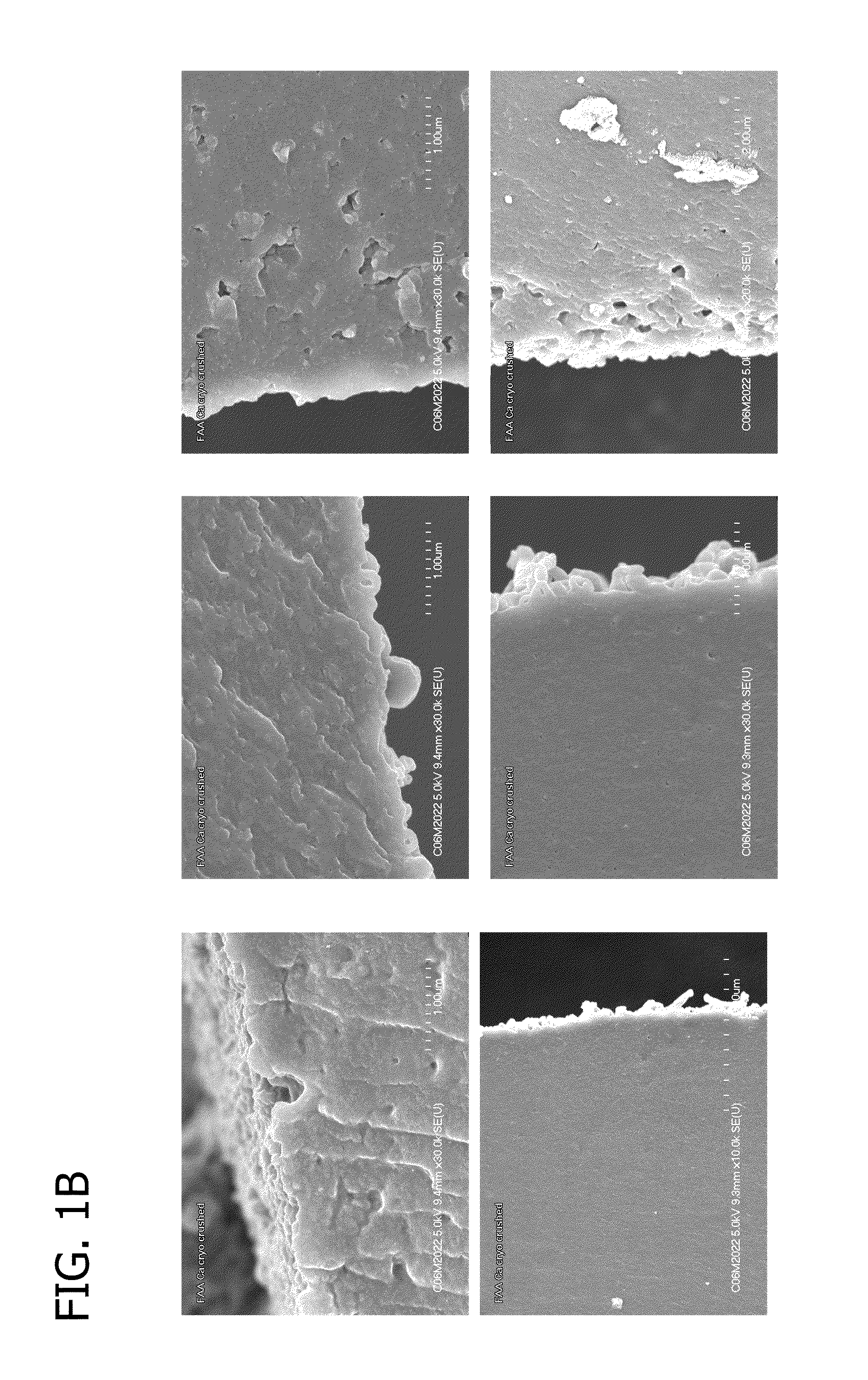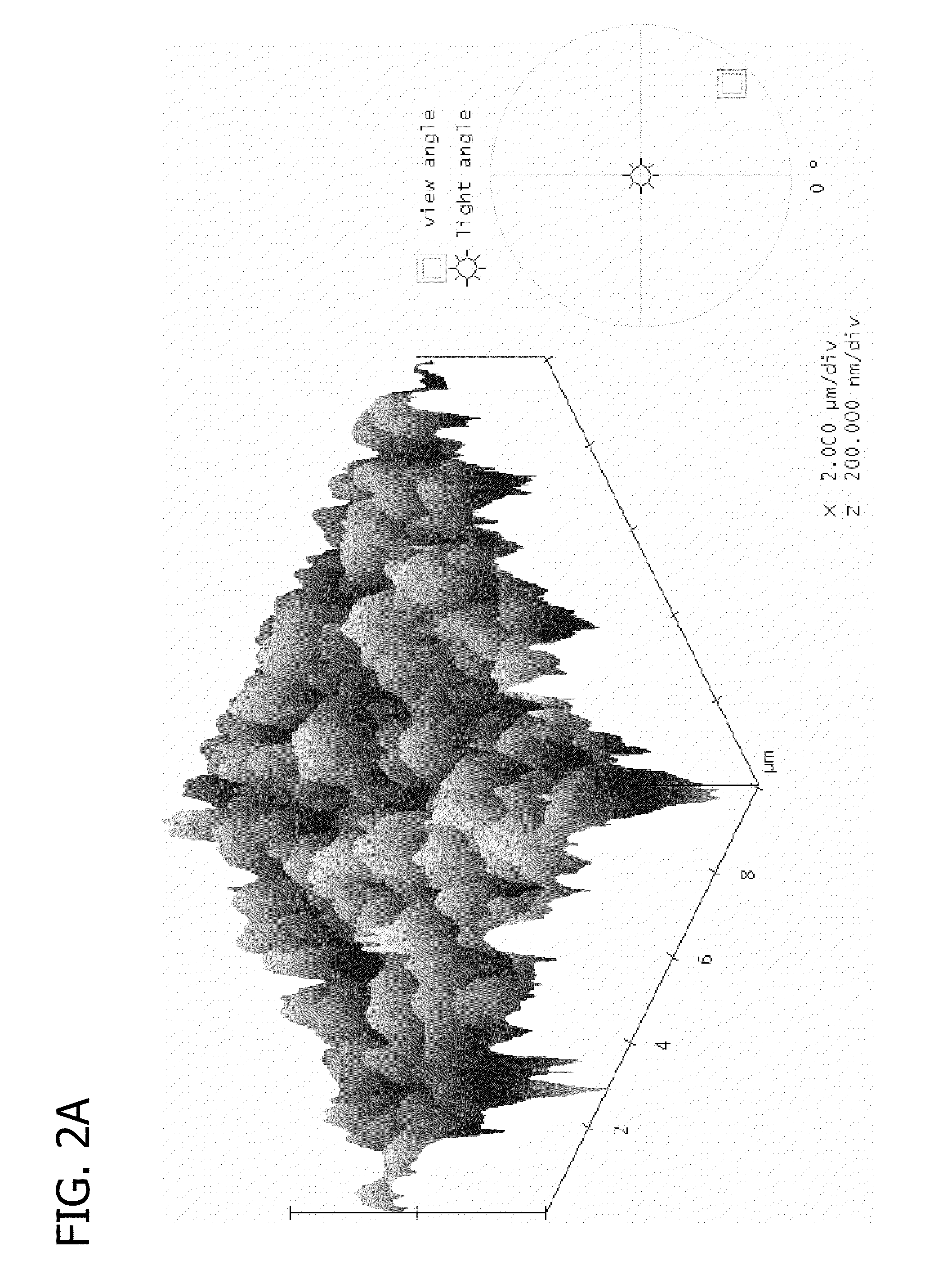Treating hyperkalemia with crosslinked cation exchange polymers of improved physical properties
a crosslinked cation exchange polymer and hyperkalemia technology, applied in the direction of digestive system, medical preparations, drug compositions, etc., can solve the problems of diarrhea and other gastrointestinal side effects, large dosage and frequency, taste and/or texture, etc., and achieve the effect of the same tolerability
- Summary
- Abstract
- Description
- Claims
- Application Information
AI Technical Summary
Benefits of technology
Problems solved by technology
Method used
Image
Examples
example 1
Polymer Synthesis
[0126]Materials. Methyl 2-fluoroacrylate (MeFA; SynQuest Labs) contained 0.2 wt % hydroquinone and was vacuum distilled before use. Divinylbenzene (DVB; Aldrich) was technical grade, 80%, mixture of isomers. 1,7-octadiene (ODE 98%; Aldrich), lauroyl peroxide (LPO 99%; ACROS Organics), polyvinyl alcohol (PVA typical molecular weight 85,000-146,000, 87-89% hydrolyzed; Aldrich), sodium chloride (NaCl; Aldrich), sodium phosphate dibasic heptahydrate (Na2HPO4.7H2O; Aldrich), and sodium phosphate monobasic monohydrate (NaH2PO4H2O; Aldrich) were used as received.
example 1a
[0127]In a 25 L reactor with appropriate stirring and other equipment, a 180:10:10 weight ratio mixture of organic phase of monomers was prepared by mixing methyl 2-fluoroacrylate (˜3 kg), 1,7-octadiene (˜0.16 kg), and divinylbenzene (˜0.16 kg). One part of lauroyl peroxide (˜0.016 kg) was added as an initiator of the polymerization reaction. A stabilizing aqueous phase was prepared from water, polyvinyl alcohol, phosphates, sodium chloride, and sodium nitrite. The aqueous and monomer phases were mixed together under nitrogen at atmospheric pressure, while maintaining the temperature below 30° C. The reaction mixture was gradually heated while stirring continuously. Once the polymerization reaction has started, the temperature of the reaction mixture was allowed to rise to a maximum of 95° C. After completion of the polymerization reaction, the reaction mixture was cooled and the aqueous phase was removed. Water was added, the mixture was stirred, and the solid material was isolated...
example 1b
[0130]In a 2 L reactor with appropriate stirring and other equipment, a 180:10:10 weight ratio mixture of organic phase of monomers was prepared by mixing methyl 2-fluoroacrylate (˜0.24 kg), 1,7-octadiene (˜0.0124 kg), and divinylbenzene (˜0.0124 kg). One part of lauroyl peroxide (˜0.0012 kg) was added as an initiator of the polymerization reaction. A stabilizing aqueous phase was prepared from water, polyvinyl alcohol, phosphates, sodium chloride, and sodium nitrite. The aqueous and monomer phases were mixed together under nitrogen at atmospheric pressure, while maintaining the temperature below 30° C. The reaction mixture was gradually heated while stirring continuously. Once the polymerization reaction has started, the temperature of the reaction mixture was allowed to rise to a maximum of 95° C. After completion of the polymerization reaction, the reaction mixture was cooled and the aqueous phase was removed. Water was added, the mixture was stirred, and the solid material was i...
PUM
| Property | Measurement | Unit |
|---|---|---|
| yield stress | aaaaa | aaaaa |
| diameter | aaaaa | aaaaa |
| diameter | aaaaa | aaaaa |
Abstract
Description
Claims
Application Information
 Login to View More
Login to View More - R&D
- Intellectual Property
- Life Sciences
- Materials
- Tech Scout
- Unparalleled Data Quality
- Higher Quality Content
- 60% Fewer Hallucinations
Browse by: Latest US Patents, China's latest patents, Technical Efficacy Thesaurus, Application Domain, Technology Topic, Popular Technical Reports.
© 2025 PatSnap. All rights reserved.Legal|Privacy policy|Modern Slavery Act Transparency Statement|Sitemap|About US| Contact US: help@patsnap.com



